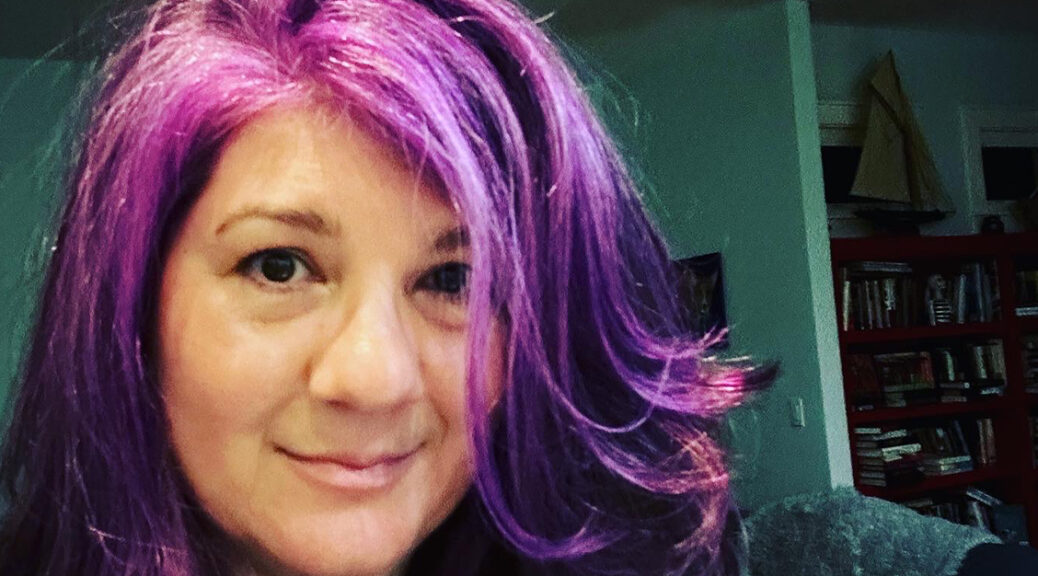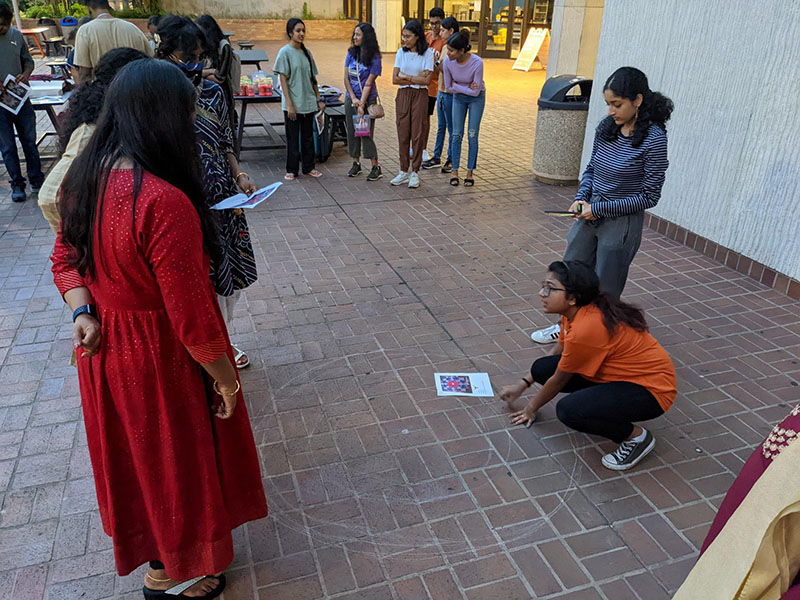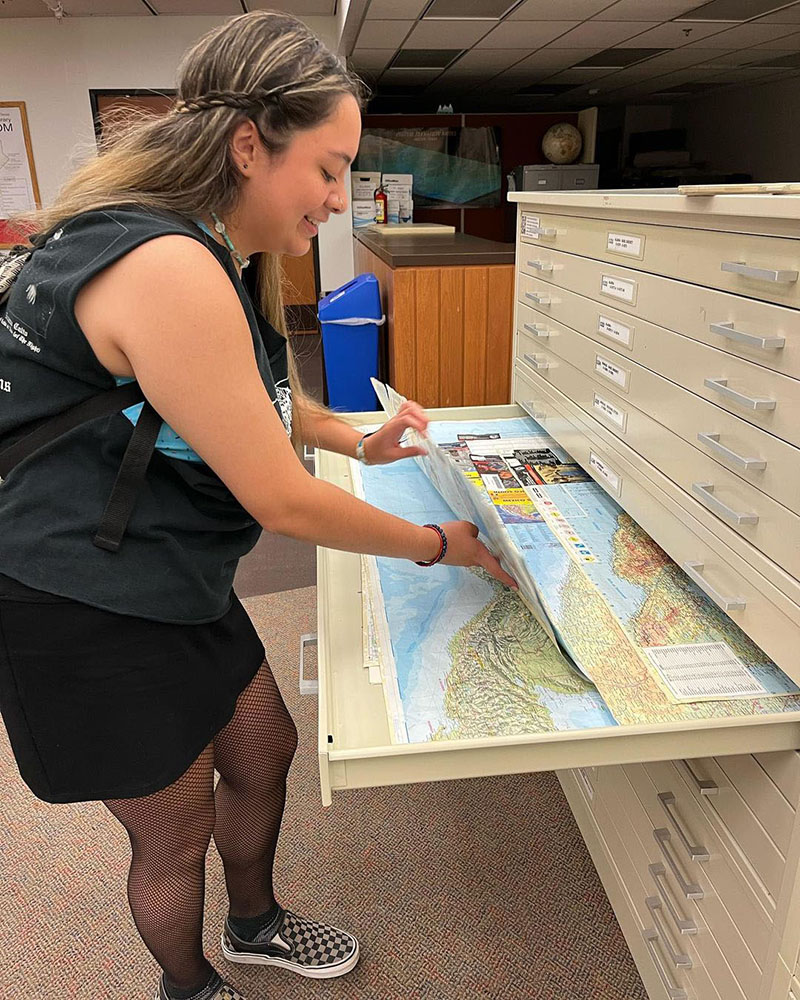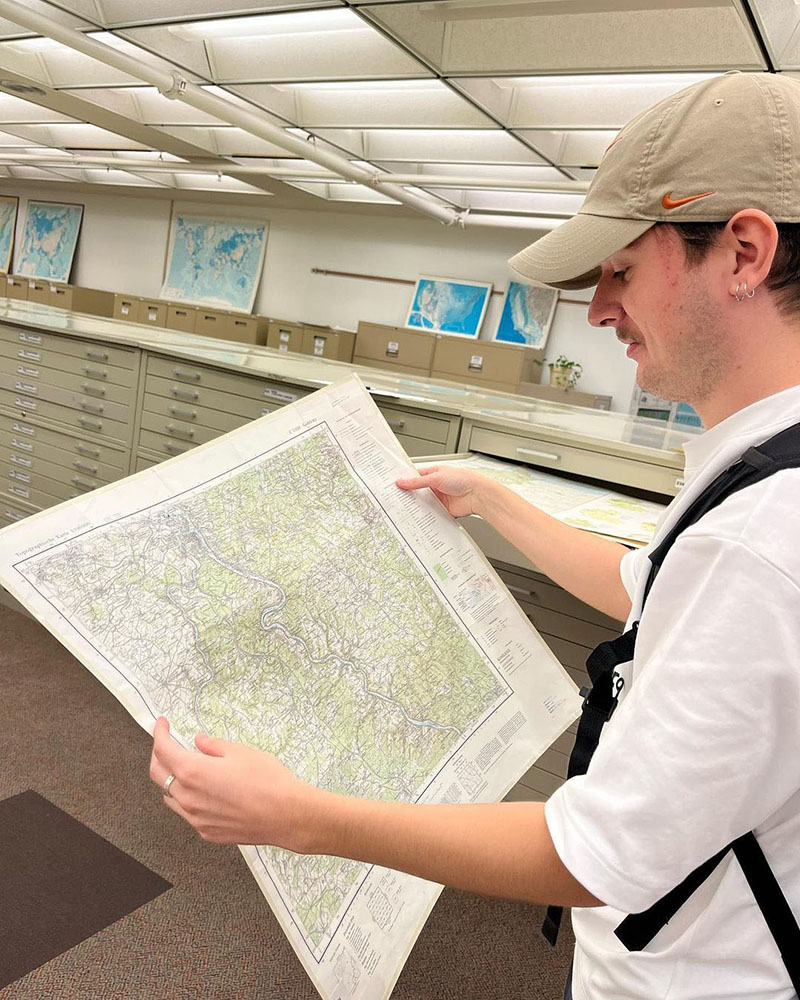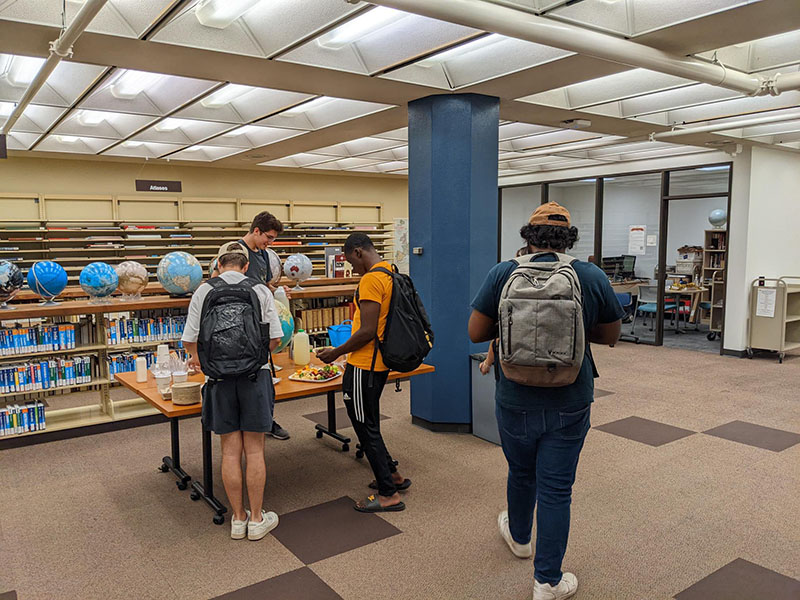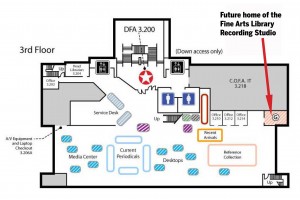In celebration of Open Education Week 2023, the Senate of College Councils, the Natural Sciences Council, and the Libraries partnered to solicit nominations from students across campus to recognize instructors who increased access and equity by selecting free or low cost course materials for their classes. We’ll be recognizing a few of those nominees this week as Affordable Education Champions!
Affordable Education Champions are instructors who assign free or low cost resources — like textbooks, websites, films, and more — for their courses. Sometimes they author their own materials, and sometimes they’re able to reuse free or low cost work created by others. We celebrate their commitment to fostering access to high quality education at the lowest possible cost barrier for their students.
Today, we recognize and thank Dr. Kiril Avramov, who was nominated as an Affordable Education Champion 14 times by students in his EUS 348 class, Intelligence and Espionage in the Eastern Bloc (cross-listed as GOV 324E and REE 335).
“Kiril Avramov is currently an Assistant Professor at the Center for Russian, East European and Eurasian Studies and a non-resident Fellow to the Intelligence Studies Project (ISP) at the University of Texas at Austin.
Previously he was the Acting Vice-Rector for International Relations and Research at the New Bulgarian University (NBU) in Sofia, Bulgaria and an Assistant Professor of Political Science at NBU. He studied previously at Gustavus Adolphus College (USA/MN), the University of Aberdeen (Scotland), University of Sofia (Bulgaria), Central European University (Hungary), and NBU. He taught in the Department of Political Science at the University of Sofia until 2005 and, from 2006-2010, was also the Director of the international consultancy and research institute ‘Political Capital’ in Bulgaria. In 2010, he was appointed as the Director for International Relations of Political Capital at the firm’s headquarters in Budapest. Dr. Avramov was a Fulbright Senior Visiting Research Scholar at the Center for Russian, East European and Eurasian Studies (CREEES) at the University of Texas at Austin in 2015-2016. He earned a full scholarship for his PhD research at the University of Sofia and received an ‘Open Society Institute-Sofia’ scholarship for his year-long PhD specialization at the Central European University in Budapest.”*
Dr. Avramov, who shared his thoughts on this course with us via email, called EUS 348 “a course that is an actual labor of love that deals with meaningful and diverse topics that require a wide array of core theoretical and specific issue-focused texts, multiple audiovisual materials, and an AI discussion platform simultaneously to provide relevant context to a very diverse student body.” This variety of sources could become prohibitively expensive, so as one student noted in their nomination, “He [Dr. Avramov] retrieved a mass amount of readings for us, free of cost.” For Dr. Avramov, this strategy was intentional. “To keep the balance between narrowing the scope and the number of sources and keeping the price at a minimum, the natural choice was to seek, combine and incorporate free or affordable source materials.” Students recognized and appreciated this work, noting that the low cost of this course allowed them to buy other textbooks, to fund general living expenses, and, as one student wrote, “I could save money as I’m about to graduate and need to start having money to live on my own.” Students were required to buy one affordable program and found it an integral part of the course. According to one student nomination, “The one program we did have to buy has been very impactful in facilitating conversations with our classmates.”
The experience of teaching this intentionally affordable course has made Dr. Avramov a believer in creating courses this way where possible. He wrote, “Even though crafting a course syllabus based on free or accessible source materials could be taxing in terms of time and effort investment, the results from this investment are more than worth it. I firmly believe that easily accessible quality information does transform lives for the better!”
Need help finding OER and other free or low cost course materials? Contact Heather Walter, Tocker Open Education Librarian (heather.walter@austin.utexas.edu).
*Biography of Dr. Avramov from https://liberalarts.utexas.edu/slavic/faculty/kaa2656



